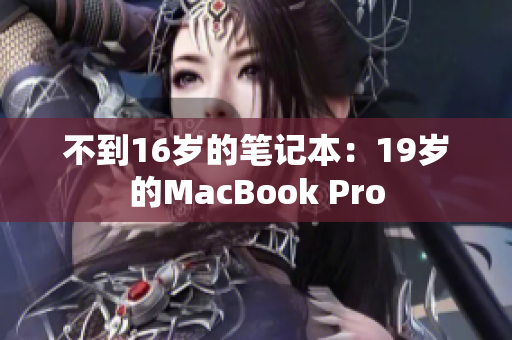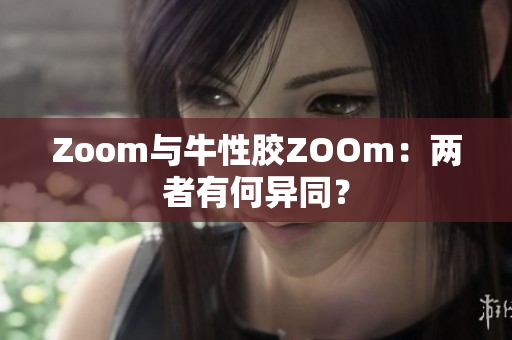16personalities: Exploring Your Myers-Briggs Type and Its Implications for SEO
Have you ever taken a Myers-Briggs Type Indicator (MBTI) test? If not, you may be missing out on valuable self-awareness and team-building opportunities. MBTI assesses your personality type based on four dichotomies, including extraversion vs. introversion, sensing vs. intuition, thinking vs. feeling, and judging vs. perceiving. The result is a four-letter type, such as INTP or ESFJ, that describes your preferences for how you make decisions and interact with others. In the world of SEO, understanding your and others' personality types can be critical to collaboration and innovation.
For example, introverted SEO professionals may excel at keyword research and analysis, while extroverted SEO professionals may thrive at networking and relationship-building. Sensing SEO professionals may pay more attention to data and details, while intuitive SEO professionals may be more adept at identifying overarching trends and opportunities. Thinking SEO professionals may be more analytical and logical, while feeling SEO professionals may be more empathetic and persuasive. Judging SEO professionals may prefer structure and planning, while perceiving SEO professionals may be more adaptable and spontaneous.
To optimize your productivity and effectiveness on SEO projects, it can be helpful to understand your own personality type and those of your team members. This can inform communication styles, work assignments, and decision-making processes. For example, if you know that your boss is an ENTJ (extroverted, intuitive, thinking, judging), you may want to come prepared with data and logical arguments to support your recommendations. If you know that your colleague is an ISFP (introverted, sensing, feeling, perceiving), you may want to solicit their creative input and provide positive feedback to build their confidence.
16-Year-Old MacBook Pro: Still Relevant in Today's Digital Landscape?
In 2006, Apple released its first Intel-based MacBook Pro, featuring a sleek aluminum casing, an Intel Core Duo processor, and a 15-inch or 17-inch display. At the time, it was considered a game-changer for graphic design, video editing, and other creative endeavors. But now that the MacBook Pro has evolved into its 16th iteration, featuring up to 8-core processors, up to 64GB of memory, and up to 8TB of storage, is the 16-year-old MacBook Pro still a viable option for modern digital professionals?
The answer is both yes and no. On the one hand, older MacBook Pro models may still be functional for basic tasks, such as web browsing, word processing, and email. They may also be more affordable than newer models, especially if you buy refurbished or used. On the other hand, older MacBook Pro models may be slower, less powerful, and less compatible with modern software than newer models. They may also be more prone to hardware failures, such as battery issues and screen malfunctions. Additionally, newer MacBook Pro models have features that older models lack, such as Touch Bar, Touch ID, and Thunderbolt 3 ports.
Ultimately, the decision to use a 16-year-old MacBook Pro or not depends on your specific needs and budget. If you are a casual user who values cost-effectiveness over cutting-edge features, an older MacBook Pro may be a suitable choice. But if you are a professional who relies on your computer for demanding tasks, such as video rendering, 3D modeling, and virtual reality, a newer MacBook Pro or alternative device may be a better investment.
19-Year-Old MacBook Pro: A Digital Paradox?
Speaking of aging MacBook Pro models, let's explore the curious case of the 19-year-old MacBook Pro that recently made headlines in Japan. According to a viral tweet, a teenage girl brought her 2002 MacBook Pro to a Japanese Apple Store for repairs, only to be told that the device was too old to service and that Apple did not even recognize its serial number. The twist? The girl claimed that she had personally purchased the MacBook Pro in 2020, despite it being manufactured before she was born.
The story sparked intrigue and skepticism on social media, with many questioning the legitimacy of the girl's claims and the plausibility of a 19-year-old MacBook Pro still functioning and being sold in 2020. However, some pointed out that the girl may have acquired the device from a secondhand market or inherited it from a relative. Others speculated that the MacBook Pro may have been restored or retrofitted with modern components by a tech-savvy enthusiast.
Regardless of the origins and authenticity of the 19-year-old MacBook Pro, the story highlights the enduring appeal and nostalgia of vintage technology, as well as the remarkable durability and upgradeability of Apple products. It also raises questions about the ethics and sustainability of planned obsolescence and disposable technology in the fast-paced digital age. Could a 19-year-old MacBook Pro outlast and outperform a brand new device in certain contexts? Only time and innovation will tell.









